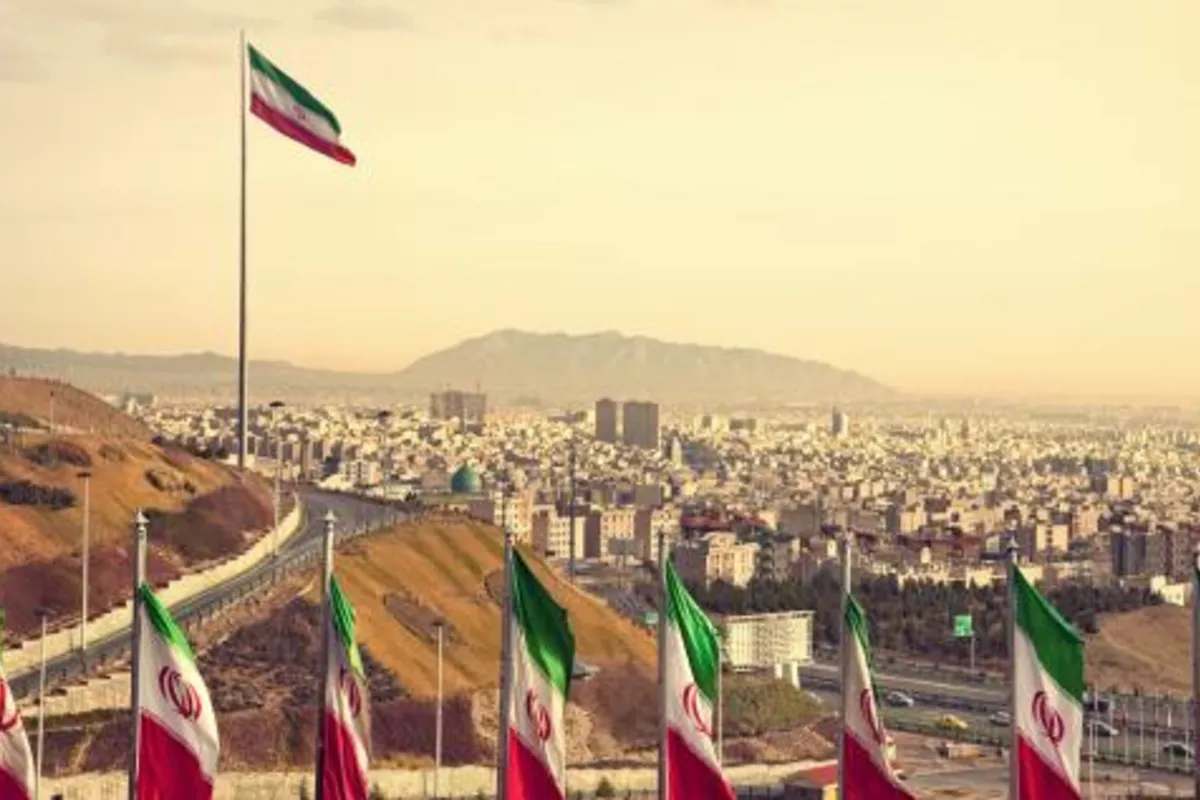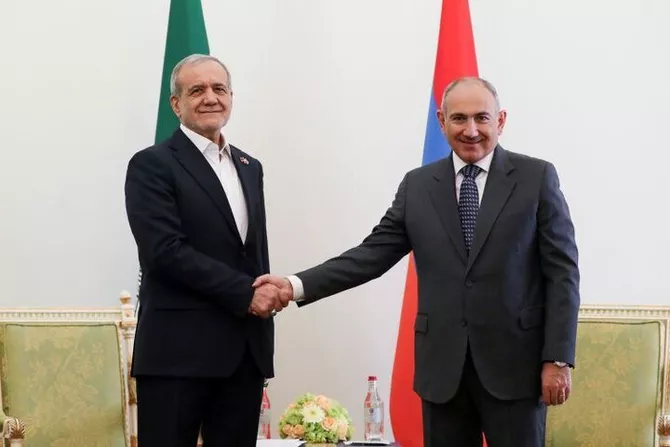
Following the twelve-day war, the Islamic Republic of Iran has faced a deepening crisis within its governing structures. For nearly a month after the start of the Israeli-American air offensive, the country’s Supreme Leader remained securely sheltered in an underground bunker, withdrawing from the process of making crucial state decisions. The military-political crisis has been further aggravated by socio-economic hardships caused by shortages of water, electricity, fuel, and food. As a result of these difficulties, serious frictions have emerged between reformists and conservatives.
The reformists are represented primarily in the government of Iran, headed by President Masoud Pezeshkian, who won the elections in July 2024. The conservatives, by contrast, comprise the immediate circle of the Supreme Leader and the institutional structures of the theocratic regime, relying heavily on the Islamic Revolutionary Guard Corps (IRGC).

At this stage, the reformists have sensed a strengthening of their position, which has opened up opportunities for them to play a more significant role in governing the country-an opportunity previously denied to them due to the conservatives’ anti-Western and anti-Israeli doctrine that kept Iran in international isolation. Pezeshkian and his supporters are attempting to take advantage of the fact that the conservatives’ radical stance has led to the practical collapse of the so-called “Axis of Resistance” in the Middle East, painstakingly built by the regime over decades. This, in turn, has resulted in a decline in Iran’s regional standing.
The reformists seek to capitalize on rising public discontent caused by what many see as Tehran’s “failed adventures” in Palestine, Syria, and Lebanon, the inability of the security structures to effectively defend the country from external threats, and mounting economic and social problems. In essence, the situation is less about the reformists demanding more tools of influence within the existing system, and more about the potential restructuring of the entire state apparatus, which could ultimately mean dismantling the ruling theocracy. At least, this is how the conservative forces perceive the growing activity of reformists.
For the radicals, one of the clearest indicators of this shift has been Pezeshkian’s attempts to improve relations between Tehran and Baku, as well as his increased activity on the international stage-both seen as part of an intensifying struggle for power inside Iran. Where this trend will ultimately lead remains uncertain, but the trajectory is becoming clearer and inspires cautious optimism among reformist circles.
Seeking to break the encirclement Iran found itself in after suffering military defeat, President Masoud Pezeshkian arrived in Yerevan on August 18. His goal: to prevent Iran’s isolation from regional transport corridors. On August 19, he held talks with Armenian Prime Minister Nikol Pashinyan. As a result, the two sides issued a joint statement and signed ten memorandums of cooperation in political, social, cultural, tourism, industrial, transport, and educational spheres, as well as in healthcare.
The Iranian delegation’s visit to Yerevan came against the backdrop of the August 8 U.S.-mediated agreement between Azerbaijan and Armenia on opening the so-called Zangezur Corridor through Armenian territory. This development was particularly troubling for Tehran, especially since the United States had assumed the role of guarantor of the route. The main discussion centered around Syunik-the southern Armenian region bordering Iran, through which the new highway is to pass, connecting Azerbaijan with its Nakhchivan exclave.
Within the Iranian establishment, the prospect of long-term U.S. involvement in managing this route triggered outright panic. Tehran concluded that Washington intended to fully isolate Iran and cut it off from access to the outside world. To ease Iran’s negative reaction, Armenia offered a gesture of “goodwill” by condemning Israel’s aggression against the Islamic Republic of Iran. The Armenian president emphasized that “Israeli aggression has contributed to strengthening the unity of the Iranian people,” while also reaffirming Armenia’s commitment to peace and coexistence. He expressed confidence that the three South Caucasus republics, together with Iran and Türkiye, could build friendly relations that serve mutual interests.

At a joint meeting of business communities and economists from both countries, President Pezeshkian, according to Tasnim News, declared:
“I am pleased to announce that fruitful and effective agreements have been reached on all issues discussed with the Prime Minister of Armenia, and the platform for the activities of businessmen, investors, industrialists, and other economic actors is fully prepared.”
He noted the target trade volume of $1 billion, with the prospect of increasing it to $3 billion. “If we think more ambitiously and combine the capacities of the two countries in the future, including regional and international highways, while creating a favorable climate for investment and economic activity, then achieving $3 billion-and even reaching $30 billion-will become a realistic goal.”
Just hours before Pezeshkian’s meeting with Pashinyan, Iranian Minister of Roads and Urban Development Farzaneh Sadegh told Tasnim News that the two sides had preliminarily agreed to build a second bridge over the Araks River on the Armenian-Iranian border, which “will facilitate the work of freight carriers and establish a full-fledged transit hub.” She added that ministers had also paid special attention to the development of an international railway project that could connect Iran’s Jolfa with Yerevan via Azerbaijan’s Nakhchivan, potentially allowing Armenia access to the Persian Gulf and Iran access to the Black Sea.
At a joint press conference, Prime Minister Nikol Pashinyan thanked the Iranian president for his “objective assessment” of the Washington agreements with Azerbaijani President Ilham Aliyev, and assured Tehran that all transport routes through Armenia would remain under the exclusive jurisdiction of Yerevan, with their security guaranteed by Armenian authorities. He stressed that opening transport routes with Azerbaijan would create new opportunities for regional cooperation with Iran, particularly by revitalizing freight traffic along the Julfa-Nakhchivan railway line.
In turn, Pezeshkian highlighted the alignment of interests between Iran and Armenia in the development of transit railways, maritime, and land routes. He emphasized that realizing the potential of both countries could boost cross-border trade. He further warned that transferring South Caucasus issues to extra-regional powers would complicate the situation and create new problems for all countries.
Thus, President Pezeshkian’s visit to Yerevan managed to somewhat reduce the tensions that had arisen following the Washington agreement between Aliyev and Pashinyan on creating a transport corridor along the Iranian-Armenian border (referred to in the document as the “Trump Route for International Peace and Prosperity”). Tehran’s fear that this would cut off Iran’s land connection with Armenia now appears to be largely unfounded.
Share on social media